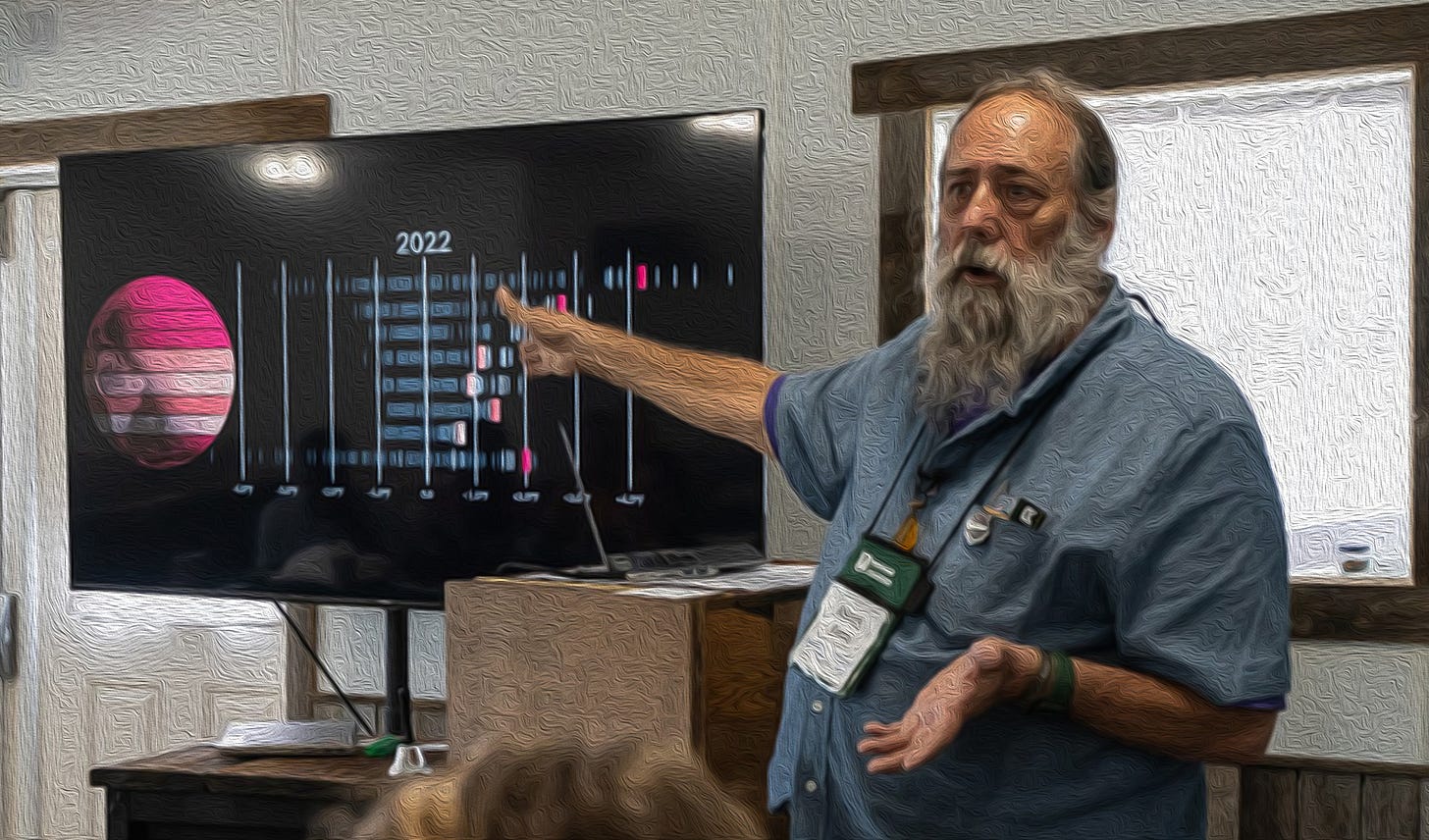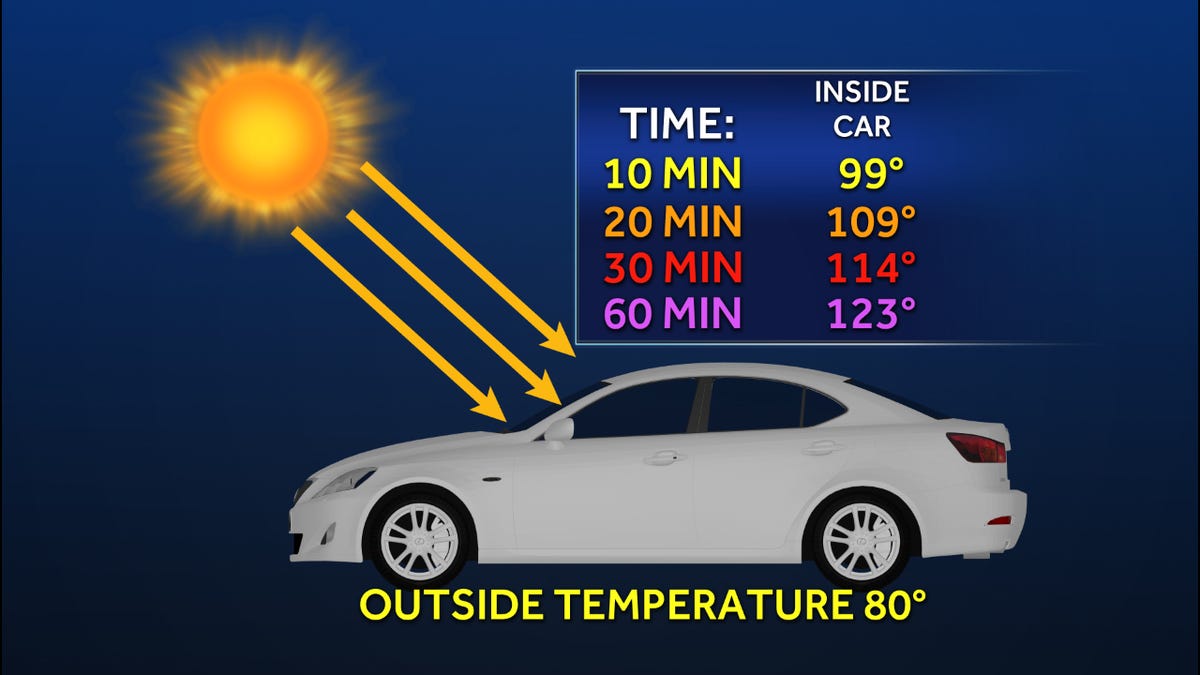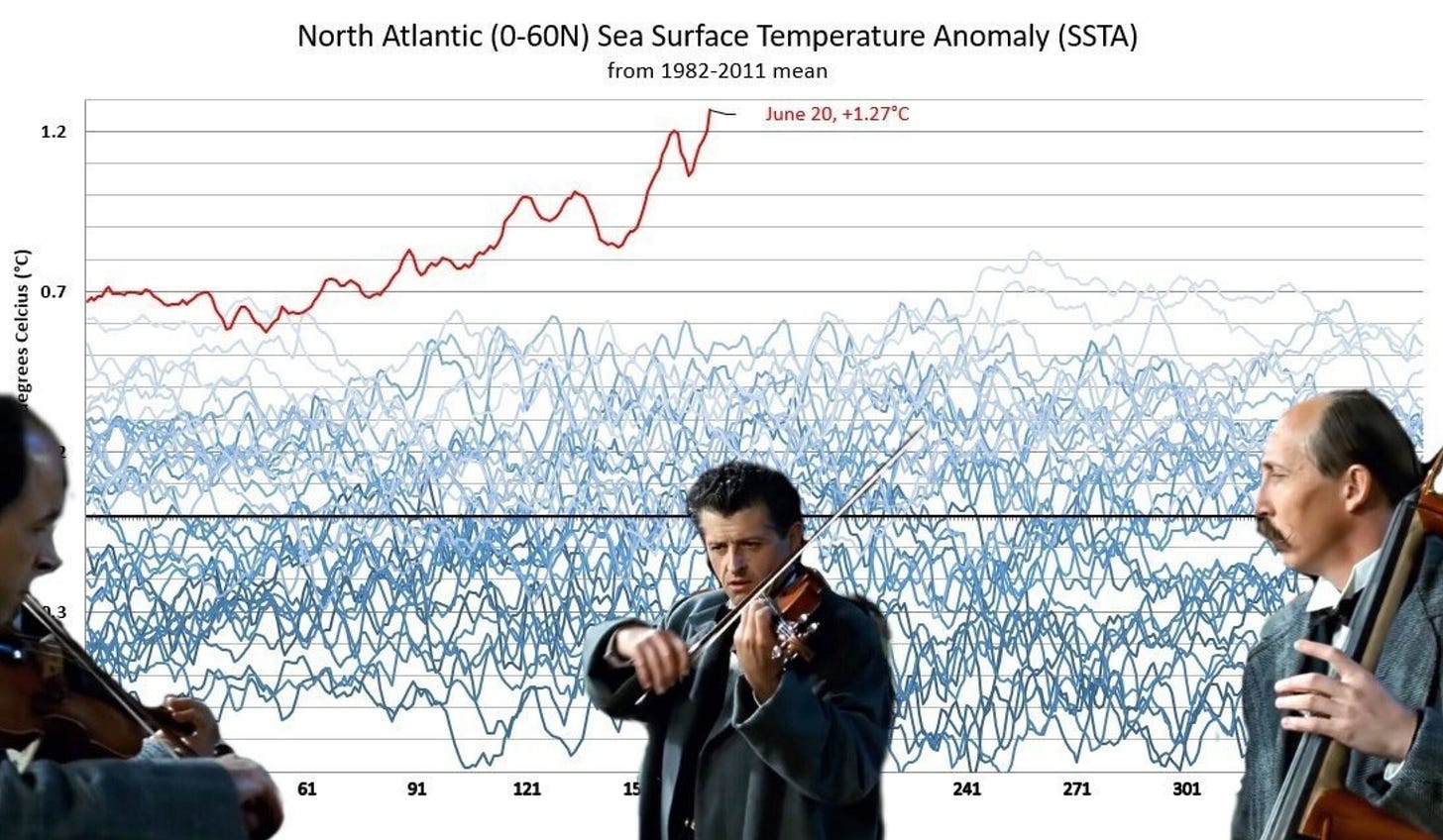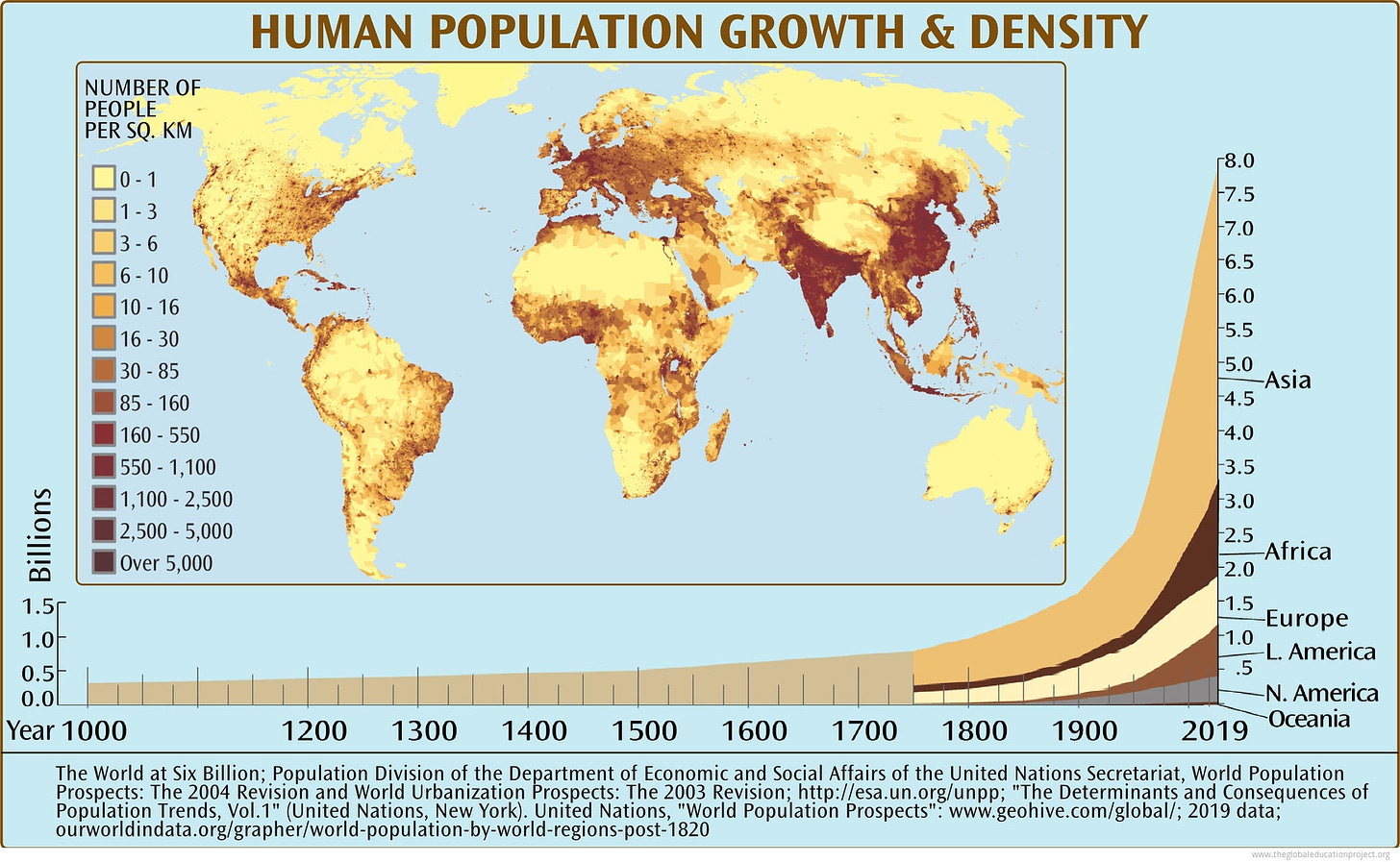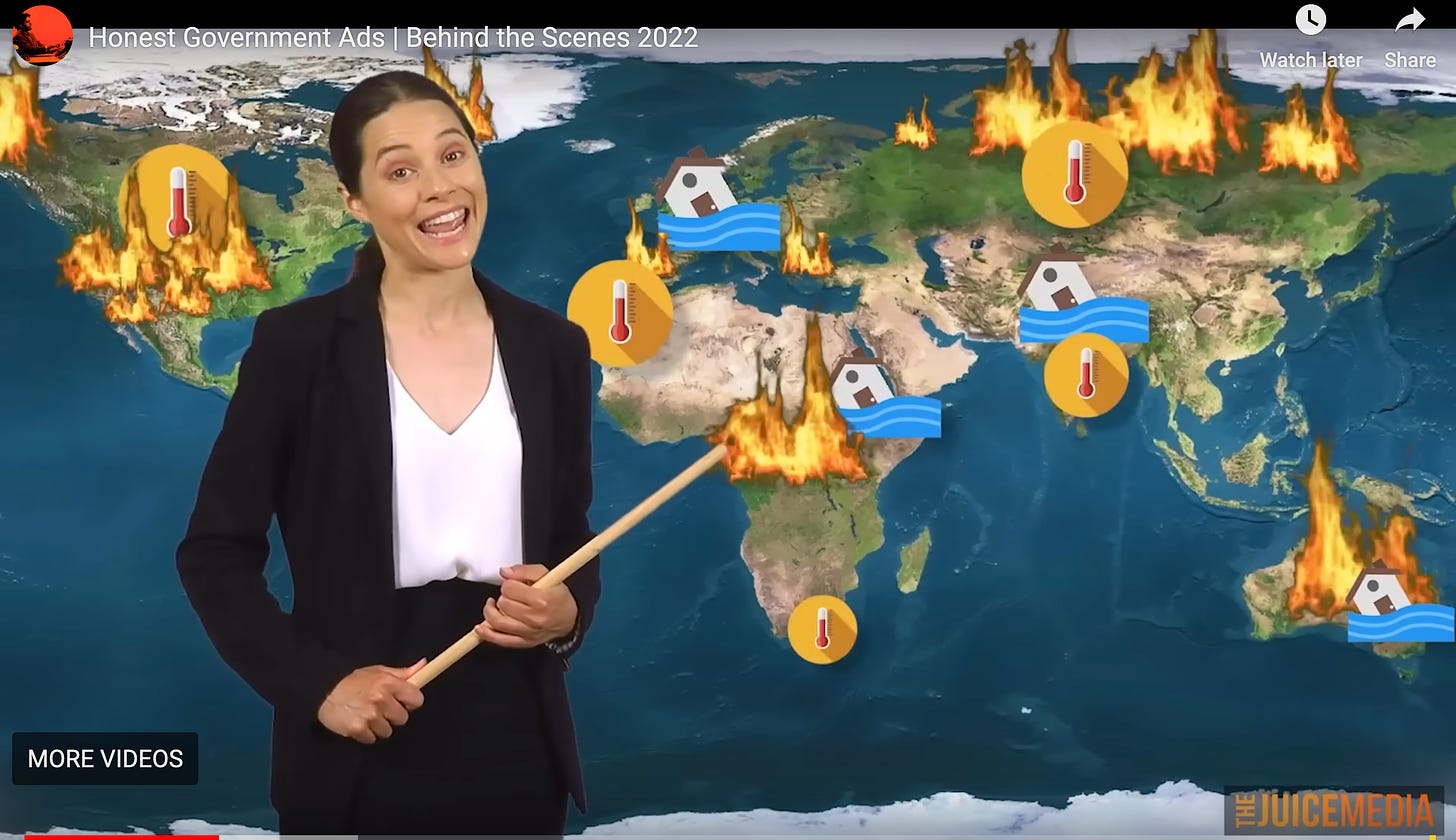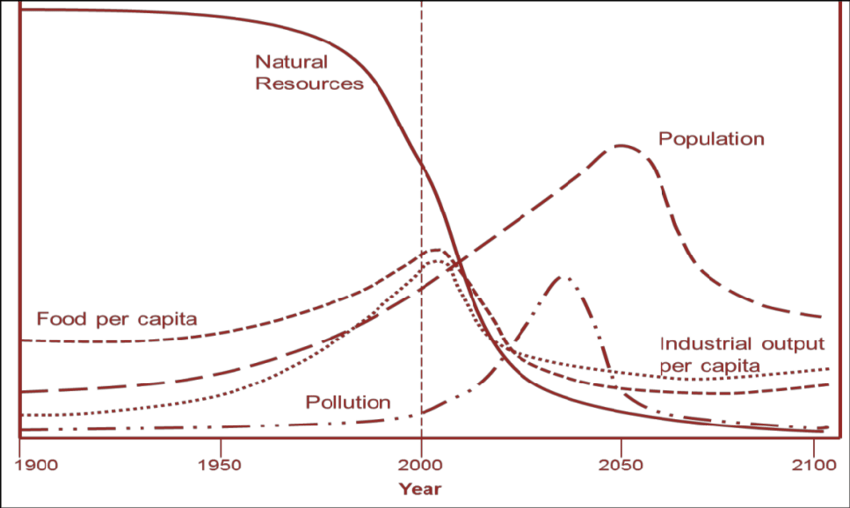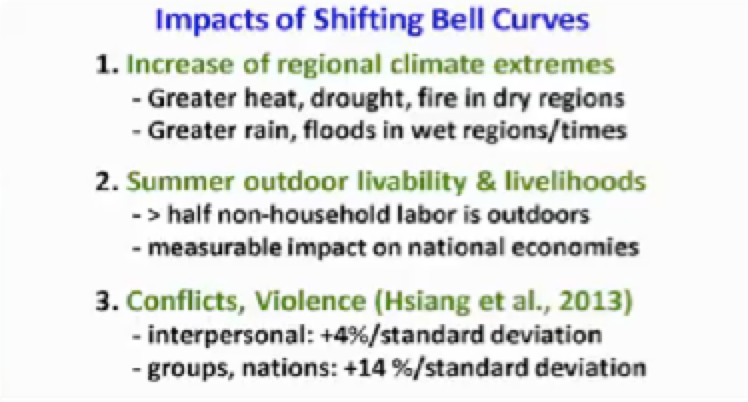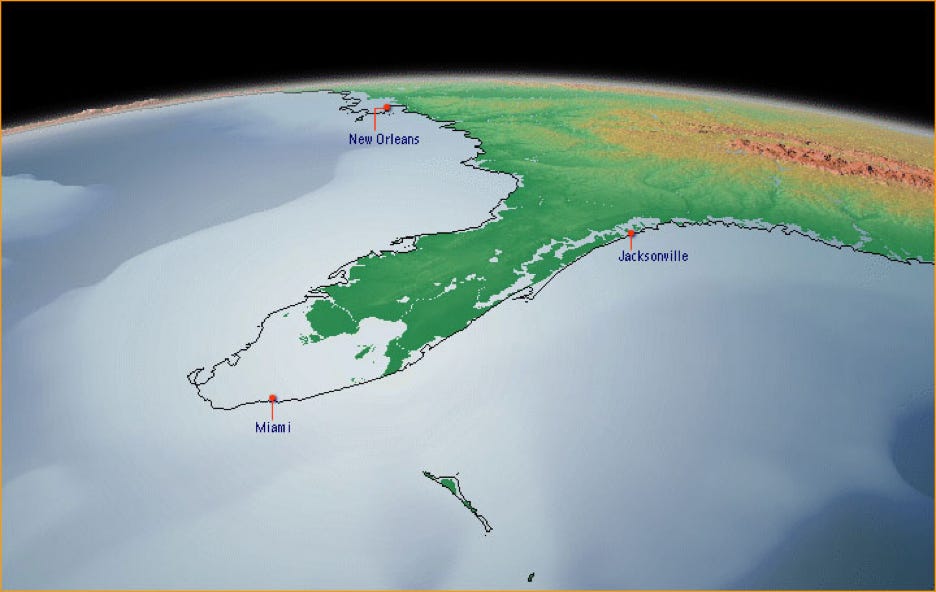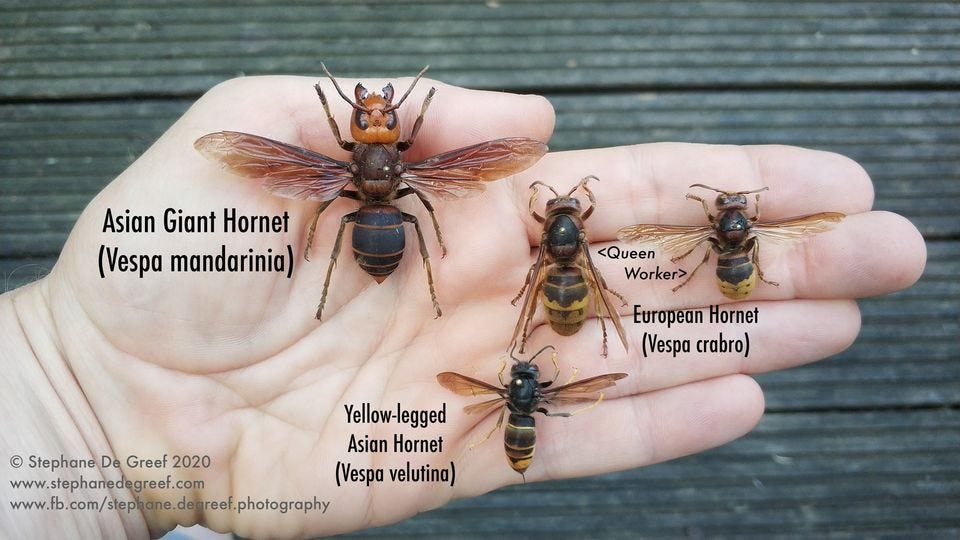This week I have been in Canandaigua, New York, in an air-conditioned shed at Ontario County fairgrounds, filming the first Biochar Academy. This two-week shoot will be broken into e-learning modules for streaming worldwide.
Paying participants and instructors are arriving from Zambia, Burundi, Congo, Cameroon, South Africa, Ghana, ExxonMobil, India, Pakistan, Saudi Arabia, Norway, Croatia, Palestine, Jordan, Thailand, Mexico, China, Venezuela, Uruguay, Argentina, Brazil, Canada, Spain, Italy, Germany, Bangladesh, UK, Cambodia, and Peru, not to mention Oregon, Washington, Florida, California, Iowa, Nebraska, New Jersey, New York and me from Tennessee. As Tom Miles said to the group, “Y’all have taken the Black Step.”
You can say that none of the things we need to do to save ourselves from climate Armageddon is likely to occur soon enough to matter, and you are most likely right, but achieving all those steps is far more likely than that civilization will be able to endure the stress of a 3.4 degrees, or even 2 degrees, warmer world. We have now to do the seemingly impossible. We don’t have ten or twenty years left to dither. We might have, had we begun taking action at COP-1 Berlin in 1995. We didn’t. We dithered. We have to turn it around now.
I started the morning session with a wander into the history of the dark earths of the Amazon, terra preta do Indios, the lost journals of the Conquistadors, and recent LIDAR discoveries of monumental empires built on a new and different style of agriculture, one that draws carbon from the atmosphere and cools the planet. I closed with a 90-minute slide talk about climate change and that is what I will excerpt to give you a taste of what we’re doing here.
The Biochar Solution
Think about an apple tree. If you pluck an apple let us say you have just pulled one ounce of CO2 from the sky and soil. The tree stored another tenth of an ounce in its trunk and branches to make that apple and half that amount in the soil and its food web as carbon root exudates. Once you eat the apple, its CO2 returns to the carbon cycle and contributes to climate change. The carbon in the soil will also return, although it may take a few centuries to do so. The carbon stored in the tree trunk and branches will remain until they die, and if dead branches and unwanted growth are pruned away each year and burned that storage is only a year. If they are turned into biochar they take a 1000-year time out from the carbon cycle and that is called mitigation. The advantage of natural solutions like apples is they provide a benefit. You get to eat the apple.
There is a truism that has been studied by social psychologists: those who are the climate’s first victims are less likely than others to attribute their loss and injury to climate change.
They’d prefer to put it out of their minds. Whether from wildfire or hurricane, sudden flood or freak ice storm, they want to forget the horror of what has happened and put it behind them. They absolutely do not want to take personal responsibility or share the blame for what has happened. Because of that, these horrors will happen again. And again.
Thirty years ago I predicted this moment in precise detail. My book, Climate in Crisis, set me on a course for the next decades of my life. I learned permaculture, I built a training center within my ecovillage, and I searched for answers.
The science of the greenhouse effect is fairly straightforward. The sun warms the Earth in two ways: conversion of short-frequency wave radiation (light) to long-frequency radiation (heat). When that heat is trapped instead of returning to space, the planet gradually warms. Photons collide more with carbon atoms and water vapor in the air to amplify the heating effect. This is most noticeable closest to sea level where the air is the most dense.
https://svs.gsfc.nasa.gov/5110
This visualization — NASA animation— shows the carbon dioxide being added to Earth's atmosphere over the course of the year 2021, split into four major contributors: fossil fuels in orange, burning biomass in red, land ecosystems in green, and the ocean in blue. The dots on the surface also show how atmospheric carbon dioxide is also being reabsorbed by land ecosystems in green and the ocean in blue.
This view highlights what is happening over North America and South America. Some interesting features include a major pollution hotspot in the northeastern United States, and the fast oscillation over the Amazon rainforest as plants absorb carbon while the sun is shining and then allow it to build up overnight.
Aerosol Cooling
Industrial pollution ironically masks some of the warming effects we should be experiencing already. The implications of aerosol masking are a bit scary. When a recent change in regulations forced shipping companies to switch to low-sulfur fuels, the temperature of the atmosphere rose noticeably. Temperature also rose in the days following 9-11 when all the airliners were grounded. Without the masking effect of human pollutants, the amount of greenhouse warming already in the pipeline shows up. Jim Hansen at NASA Goddard Lab thinks that if all fossil emissions were stopped today, average global temperatures could climb by 6 to 7 degrees. The difference between today and the cold depths of the last Ice Age is 3 to 5 degrees.
This chart is fast becoming one of the most iconic images in the history of the climate fight—it shows the insanely anomalous rise in sea surface temperatures so far this year. It may well reflect changes to shipping fuels, El Niño, or other recent accelerants.
“Both Met Office and NOAA analyses of sea-surface temperature show temperatures are at their highest ever level – and the average sea-surface temperature breached 21°C for the first time in April. These high temperatures are mainly driven by unprecedented high rates of human-induced warming. Cleaning up sulfur from marine shipping fuels is probably adding to greenhouse gas-driven warming. The shift towards El Niño conditions is also adding to the heat. There is also evidence that there is less Saharan dust over the ocean this year. This normally reflects heat away from the ocean. So in all, oceans are being hit by a quadruple whammy – it’s a sign of things to come.”
—Piers Forster, professor of climate physics at the University of Leeds
Climbing the J-curve
A fundamental driver is the exponential function. Every child should be required to learn this by the fourth grade.
Exponential curves, having some quantifiable doubling time, take on a J-shape curve. First they are flat, then they bend upward, then they point straight up. With each doubling, the number of whatever it is that is new is as much as all of that thing that existed for all of time before that. This is what Jimmy Carter said in his famous 1978 “Energy” speech. “Every doubling of oil and gas means we produce more in that doubling than all we produced in history.”
He also said, “Beginning this moment, this nation will never use more foreign oil than we did in 1977-- never.”
What is the inverse exponent? If we wait to 2025 to change direction, it is the inverse of doubling your fossil economy every 7 years — so, halving every 7 years. If we wait longer, it quickly demands 11% per year. Try to imagine half the number of commercial passenger flights in 2032 as today, or half the number of gas-powered engines. Half the number of WalMart SuperStores bringing full cargo ships from Shenzhen to Houston. Then halve that by 2039 and again by 2046. You get the picture.
All J curves are unsustainable.
They typically occur at the end of cycles, just before the destruction of the cycle.
From meteorological station data we can see that global surface temperature will exceed 1.5°C within the next few years and likely pass 2°C before 2040. Because of the inertia of coupled systems, these changes are unlikely to be preventable. The El Niño cycle may bring us a 3.4°C anomaly next year, like a sampler dish in a restaurant.
The Goldilocks Effect
Here is a really scary thing, and we only just discovered this in March 2014. We used to think we were comfortably inside the habitable zone in our orbit around the Sun. We called it “the Goldilocks Zone” It turns out we are only just barely inside that zone, on the inner edge close to the Sun, and the slightest change of conditions could make Earth uninhabitable.
Despair is a different river from Denial
This was the Limits to Growth study in 1972, with dates assigned in 1996 by Jorgen Randers. With or without a global financial collapse, which is now overdue, we are at the point of less available food, water, and more diseases, famines and migrations. Now. Not in 20 years or 10 years, but now. If you take the greenhouse gases (GHGs) already there, we are already committed to several meters of sea level rise. It just takes a while to show.
What the peak of the curve looks like is the massive overconsumption of resources coupled with great political instability. Alliances begin to unravel, extreme politicians become the norm, and more people plunge into poverty. It is just the start of a great unraveling. You could say this is what the great civilizations of the Americas looked like just before Columbus. By 200 years later only 2% survived.
So, do we just give up? Or is there something more we can do? Some people build doomsteads. Maybe, like Bill Gates, they get a nuclear-powered yacht with 50 rooms.
This is the lifeboat strategy. I often hear ecovillages referred to as lifeboats but that metaphor has its limits. Lifeboats are temporary. Even Bill Gates will need to moor his yacht to resupply and get more uranium.
Let's approach this more methodically. We may be able to guess what is likely, although the timing is very difficult to project. I see 4 possible scenarios for the future, meaning my granddaughter's world: warm stable; hot stable; warm unstable; hot unstable.
Many tipping elements such as ice melt at the poles, permafrost melt, clathrate decomposition and albedo increase from desertification create their own positive forcings and feedbacks, not all of which are fully modeled. Various tipping elements are arrayed such that 3 degrees tips into 4 degrees, 4 into 5 and so on, until a new equilibrium is reached that could exceed 7 degrees, 12 degrees, or even warmer. Sea level is slow, as the molecules of water vibrate faster from heat and take up more space, but it is already happening and will gradually rise faster. Seas are now rising faster than they have for the past 28 centuries. You may soon find it harder to book a beachside vacation. Will we all live in a Yellow Submarine? Imagine what is in store for Florida. It looks like Governor DeSantis may finally get his wish and be rid of Disney.
It is no safer father inland. Where I live in Tennessee the USDA has moved our plant hardiness zones twice since 1970. Climate zones are migrating north about 70 miles per decade, 10,000 times faster than ever before, certainly than in the past 12 or so ice ages for which we have carbon and pollen records.
In Europe, city planners are having to study the infrastructures of cities hundreds of miles to their south. This is what is called in UN-speak as adaptation. And yet, we know now from scientific studies that vertebrates cannot survive the present rate of change. It is 10,000 times too rapid. We know from other studies that mammals cannot survive this rate of change. It is not just that humans cannot survive without vertebrates or mammals to support us, humans are vertebrate mammals. We are double-screwed. So adaptation is a myth. Migration is a myth. We need mitigation.
Climate Change & Biochar
Nitrogen is the most limiting nutrient for crop productivity. Ever since synthetic nitrogen debuted after WWII, it has been a key reason for increasing crop yields. It is used on an estimated 13 million square kilometers around the world.
Unfortunately, there are a growing number of negative environmental impacts from this now excessive use of N, not least of which is that it contributes nearly 2% of total GHGs. Currently, it is taking up 3 – 5% of fossil gas supplies to produce N fertilizers yet more than 50% is lost either to the air through vaporization, or leaching which leads to water contamination and huge algal blooms
The good news is that biochar applied to either land or water scavenges and sequesters nitrogen. It also grabs and disassembles methane. Methane is 80x more potent than CO2 on a 20-year time scale and more than 100x on 100-year time scale.
These days it has become fashionable to frack for fossil gas, which is mostly methane. Climate scientist Kevin Anderson says fossil gas is a transition fuel to 4 degrees. Fracking leaks are making matters much worse—at well bore, condenser, liquefier, pipeline, storage, and furnace. The rate of gas leakage is calculated to be from 10 to 40 percent per year. Suppose Russia or China were to start fracking, as seems likely.
Frozen methane clathrates on the shallow sea floor may have more greenhouse gases to release than all that humans have added to the atmosphere since the start of the Industrial Revolution.
There are also natural methane sources from melting permafrost. The first Siberian pit crater appeared in 2016. It was so loud that Siberian villagers thought it was a nuke.
More than 1000 have appeared since then—on an exponential curve year-to-year with a doubling time of less than one year.
It is not known what shallow ocean clathrate methane contributes right now, but estimates are it is 100 times what is on land, based on the Arctic Ocean’s recent rise in methane concentrations. That also is on an exponential rise with a doubling time of less than one year.
Lest we forget how the exponential function works, here is a reminder: right now we release more methane from permafrost each year than all previous years in history, and next year twice that much, and so on every year thereafter.
Insectageddon
This is what a warmer climate gets us. Non-mammalian invertebrates. The Giant Asian Hornets, Vespa mandarinia, are in the Pacific Northwest and have exploded in numbers due to recent warm winter and spring weather. Most deaths occur when a victim is stung repeatedly and injected with large amounts of venom. The hornet’s large size – and its ability, unlike honeybees, to sting multiple times – mean that a victim can quickly receive a lethal dose, for instance, if one gets in your shirt. Three to four stings can be fatal but it would depend on your reaction – they are amongst the most poisonous insects on earth. More than 99% of queens normally die over winter and spring, so small variations in their winter mortality rate can lead to massive differences in the number of nests each year. They have no natural predators in N. America. They are the top predator. Their main food target is the larvae of other insects, especially bees, which they feed to their own larvae.
Despite these uncertainties, it is often assumed that humans would be able to adapt to any possible warming. However, as mammals whose internal body temperature is regulated by sweat glands, the physics of skin moisture evaporation and biology of heat stress impose a robust upper limit to adaptation. Going over 35°C for extended periods would induce hyperthermia in humans and other mammals, as dissipation of metabolic heat becomes impossible. This calls even the present habitability of some regions into question. Even with only a few degrees of warming, regions of intolerable temperature could spread to touch many more parts of the human population. Given the overall decline of net available energy in the coming decades, it seems unlikely that air conditioning would be able to keep up.
So far, this has been sort of a horror tale, right? Exhale. Next week I will bring you Part Deux: What we can do and what must change. Just to keep you from slitting your throat before then, here are a few of my main takeaways:
Reducing or completely stopping emissions will not save us. Those will just hold us at the level of heating and disruption already in the pipeline. More renewables is a great idea but they will not stop climate change. Ending fossil fuel use does not stop climate change. Only carbon dioxide removal and similar efforts like increasing solar reflectivity (think white cities) will stop climate change.
The good news: all of that is still within our grasp. We just need to stop lallygagging, because time is not our friend.
Meanwhile, let’s end this war. Towns, villages, and cities in Ukraine are being bombed every day. Ecovillages and permaculture farms have organized something like an underground railroad to shelter families fleeing the cities, either on a long-term basis or temporarily, as people wait for the best moments to cross the border to a safer place or to return to their homes if that becomes possible. There are 70 sites in Ukraine and 500 around the region. As you read this, we are sheltering some 2,000 adults and 450 children. We call our project “The Green Road.”
For most of the children refugees, this will be their first experience in ecovillage living. They will directly experience its wonders, skills, and safety. They may never want to go back. Those that do will carry the seeds within them of the better world they glimpsed through the eyes of a child.
Those wishing to make a tax-deductible gift can do so through Global Village Institute by going to http://PayPal.me/greenroad2022 or by directing donations to greenroad@thefarm.org.
There is more info on the Global Village Institute website at https://www.gvix.org/greenroad or read this recent article in Mother Jones. Thank you for your help.
The COVID-19 pandemic destroyed lives, livelihoods, and economies. But it has not slowed climate change, a juggernaut threat to all life, humans included. We had a trial run at emergency problem-solving on a global scale with COVID — and we failed. 6.88 million people, and counting, have died. We ignored well-laid plans to isolate and contact trace early cases; overloaded our ICUs; parked morgue trucks on the streets; incinerated bodies until the smoke obscured our cities as much as the raging wildfires. The modern world took a masterclass in how abysmally, unbelievably, shockingly bad we could fail, despite our amazing science, vast wealth, and singular talents as a species.
Having failed so dramatically, so convincingly, with such breathtaking ineptitude, do we imagine we will now do better with climate? Having demonstrated such extreme disorientation in the face of a few simple strands of RNA, do we imagine we can call upon some magic power that will arrest all our planetary-ecosystem-destroying activities?
As the world emerges into pandemic recovery (maybe), there is growing recognition that we must learn to do better. We must chart a pathway to a new carbon economy that goes beyond zero emissions and runs the industrial carbon cycle backward — taking CO2 from the atmosphere and ocean, turning it into coal and oil, and burying it in the ground. The triple bottom line of this new economy is antifragility, regeneration, and resilience. We must lead by good examples; carrots, not sticks; ecovillages, not carbon indulgences. We must attract a broad swath of people to this work by honoring it, rewarding it, and making it fun. That is our challenge now.
Help me get my blog posted every week. All Patreon donations and Blogger or Substack subscriptions are needed and welcomed. You are how we make this happen. Your contributions are being made to Global Village Institute, a tax-deductible 501(c)(3) charity. PowerUp! donors on Patreon get an autographed book off each first press run. Please help if you can.
Thank you for reading The Great Change.





